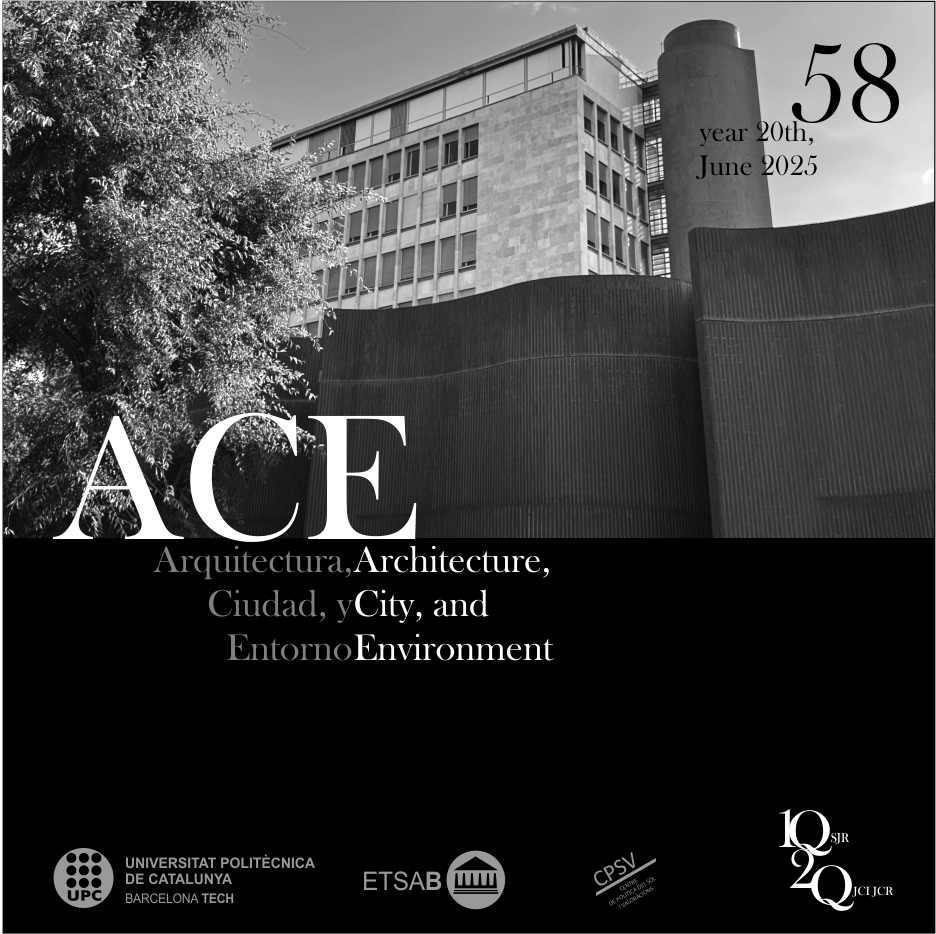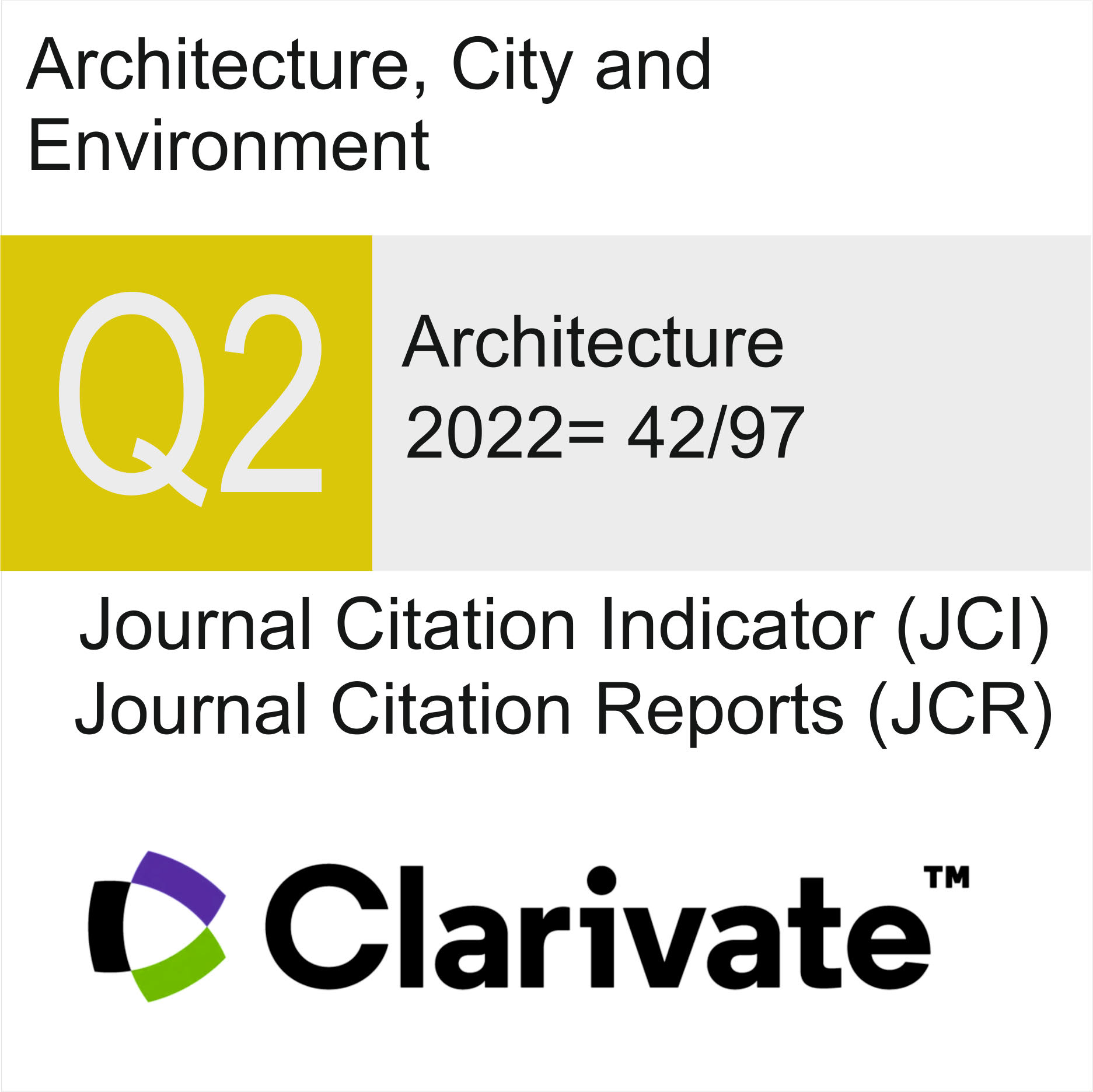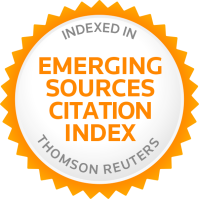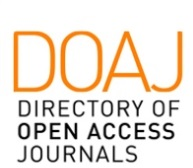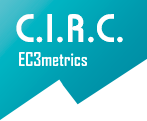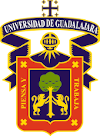Pueblo Español: A Political, Geographical and Aesthetic Enclave
DOI:
https://doi.org/10.5821/ace.20.58.13367Keywords:
Pueblo Español, enclave, Montjuic, 1929Abstract
Pueblo Español, a neighborhood located in Montjuïc, Barcelona, emerged at the beginning of the 20th century as an enclave that challenges both the physical and symbolic boundaries of the city. From the "outside-inside" perspective proposed by Foucault and Blanchot, this urban project questions the limits between the city and the countryside, manifesting itself in the coexistence of different realities that serve as a space for encounter and dialogue between past and present. The methodology of analysis is based on the very definition of the term enclave, exploring the genesis of Pueblo Español from three perspectives: political, geographical, and aesthetic. Politically, this enclave reflects the aspiration for the unity of Spain, between federalism and unitarism, challenging the social and cultural divisions of the time. Geographically, it presents itself as an entity between the urban and the peri-urban, questioning the boundaries between the city and the countryside. In aesthetic terms, Pueblo Español challenges the canons of the beautiful and the ordinary from the logic of the popular. Analyzing Pueblo Español as an enclave is essential to understanding its complexity and contradiction: the lack of a well-defined city project; the fact of being a very defined container, but without a specific function; being on the edge of the conventions pre-established by the Modern Movement. This series of singularities has led Pueblo Español to be considered a fragment of Barcelona, but outside of it—that is, a political, geographical, and aesthetic enclave.
Downloads
Published
Issue
Section
License
| INTELECTUAL PROTECTION CRITERIA |
At this moment, it is count with the "Oficina Española de Patentes y Marcas", while global protection it is being processed by the World Intelectual Property Organization (OMPI/WIPO). Nevertheless the International Standard Serial Number Office (ISSN) has given the following numbers ISSN: 1886-4805 (electronic version) and 1887-7052 (paper version). All articles will be peer reviewed, using double blind reviewing. |
| COPYRIGHT |
The article contents and their comments are authors exclusive liability, and do not reflect necessarily the journal editor commitee's opinion. All ACE published works are subject to the following licence CC BY-NC-ND 3.0 ES http://creativecommons.org/licenses/by-nc-nd/3.0/es/ It implies that authors do not hold nor retain the copyright without restrictions but only those included in the licence. |





